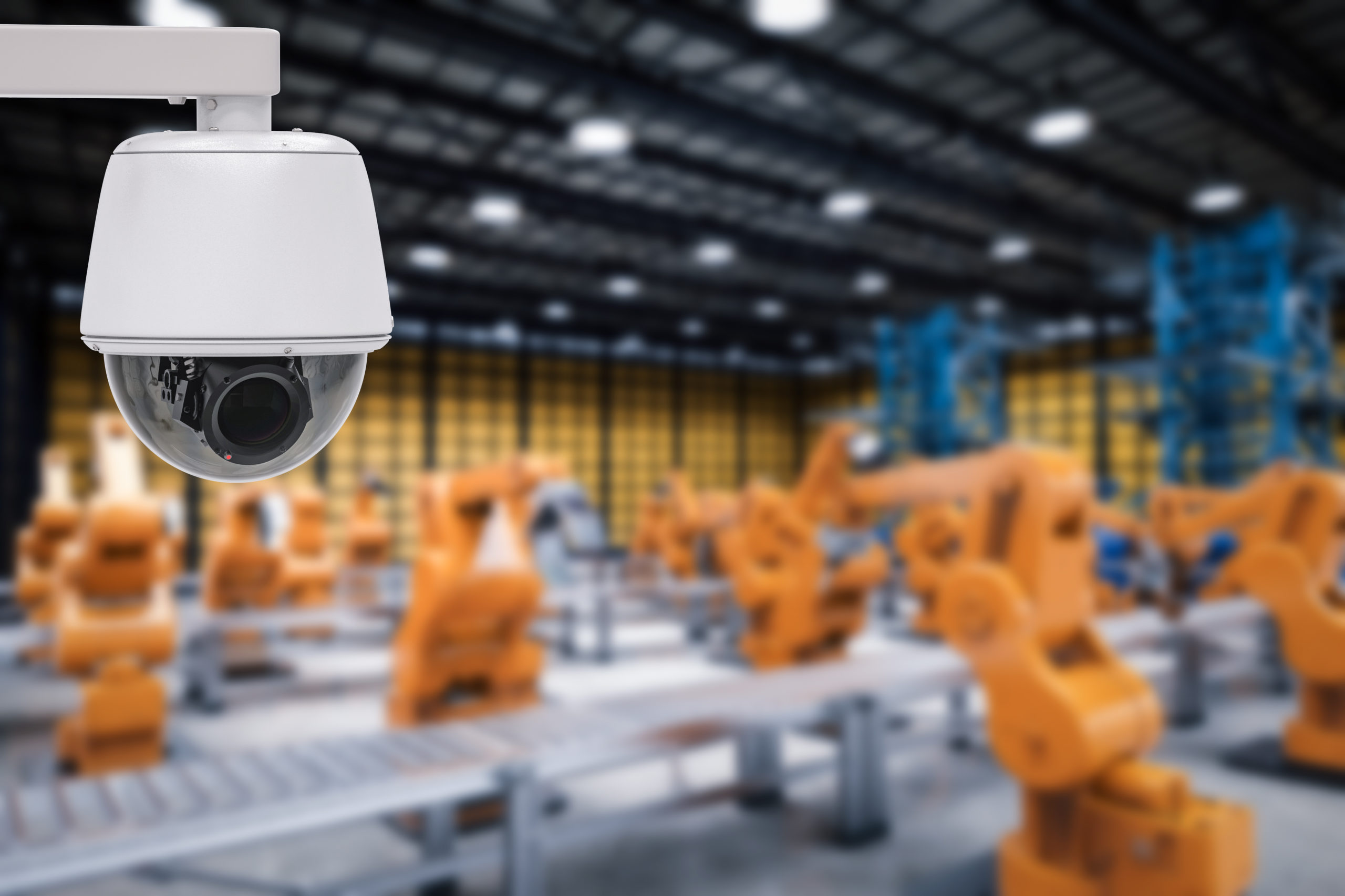Client Background
Client is a leading Polyurethane (PU) Foam manufacturer with manufacturing plants across the country. It manufactures foams for mattresses used in homes, auto industry, hospitals.
Business Objective
Present Quality inspection process for inspecting foams is completely manual with multiple people required to keep constant vigil on the output for identifying any quality issues. These issues prominently are cuts, discoloration, holes. Irrespective of tight manual oversight, a 3% of bad sample rate is still observed which leads to the entire material lot being rejected by the customer thus leading to reduced profitability & ultimately customer dissatisfaction.
In addition this manual inspection process places limitations on the foam output with machines running at sub-optimal speeds to enable manual oversight. It is thus desired to use AI & computer vision enabled technology to automate the quality control.
Solution
Valiance proposed to deploy a suite of IOT enabled video cameras close to machine edge’s to observe the output foam and using AI & computer vision, flag any abnormalities by raising an alarm.
In order to train the models, our ML team collected training data from the manufacturing plant by taking several images of foams during manufacturing stages in different lighting conditions with “Ok” and “Not Ok” characteristics. These images had to be manually labelled into “Ok” and different defect categories. Data thus collected was used to train deep learning classification models on AWS cloud and resulted in 95-99% recall of defects across different defect categories.
ML models were exposed through API gateway, Kinesis stream and lambda functions to detect defects in incoming video feeds. Deployed solution include
- Camera units with local connectivity
- Local Internet gateway
- Dashboard to monitor defects identified by ML algorithms
Outcome
Solution was deployed across one manufacturing unit to being with and showed promising results within first month itself
- Throughput was increased by 5% because machines were able to run for a longer period of time.
- Incidences of humanly identifiable defects were reduced to less than 1 percent.






